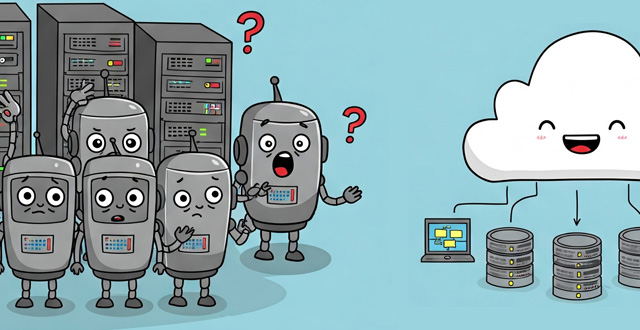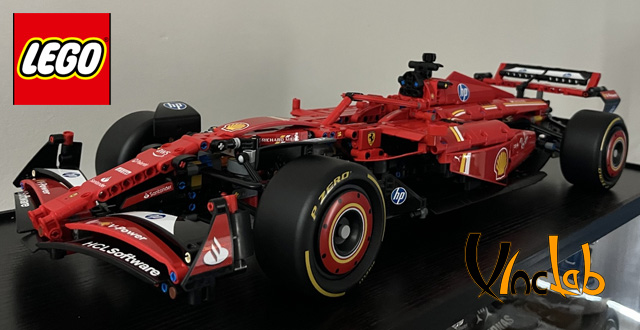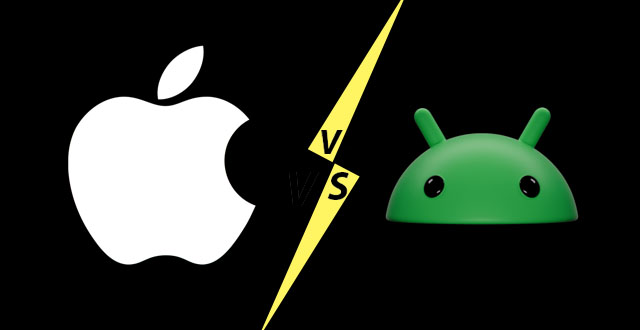Virtual vs Physical Server Landscape
Tech Tips - By Vincent Chan
In the ever-evolving world of technology, the choice between server virtualization and physical servers remains a critical decision for businesses of all sizes. Both approaches offer unique advantages and disadvantages, making the selection process a complex one that requires careful consideration of specific needs and priorities.
As many years’ experience and knowledge passing to few servers’ evolvement, will share the Pros and Cons on each Virtualization versus Physical Server.
Physical Servers, is the backbone of the IT Infrastructure. It will only utilize it dedicated compute resources without any sharing. This will deliver optimal performance for demanding applications and workloads. This makes them ideal for resource-intensive tasks such as high-performance computing, large databases, and complex data or graphics simulations.
Physical Server can customize and provide complete control over the hardware. On the software part, it can be fine-tuning to get optimal performance on the hardware allocated in the server. Due to the nature of it, with the absence of shared compute resources, it can offer greater reliability and stability for critical applications where all the compute been used by only the software install in this server.
The challenges side of the Physical Server are the upfront investment in hardware, as well as ongoing maintenance and operational costs, can be significant. This includes expenses related to power consumption, cooling, and physical space.
Physical servers often suffer from underutilization, with a significant portion of their compute resources remaining idle; and also have challenges on scalability where it need to have additional physical server to handle critical systems for high-availability. This leads to wasted investment, increased operational costs and not responsiveness for business change needs.
Server virtualization, on the other hand, leverages software to create many virtual machines (VMs) that run on a single physical server. As have experience to heard people give the layman’s term on this example was “Server virtualization is like one husband has many wives”. What a meme. With this approach offers several compelling advantages.
By consolidating multiple VMs onto a single physical server, virtualization reduces hardware costs, power consumption, and cooling expenses. It also optimizes resource utilization, leading to further cost savings.
Virtualization enables easy scaling of resources by simply allocating more or fewer resources to VMs as needed. This agility allows businesses to respond quickly to changing demands and growth opportunities.
VMs can be easily moved, copied, or restored, providing greater flexibility for disaster recovery, testing, and development. This simplifies IT management and enhances business continuity.
If you didn’t manage and plan the compute resources allocation well, it will meet challenges and disadvantages. It will introduce some performance overhead, especially for resource-intensive applications. However, advancements in virtualization technology have minimized this impact.
Managing a virtualized environment can be more complex than managing physical servers, requiring specialized skills and tools to manage software defined datacenter Solution.
The decision to choose between server virtualization and physical servers depends on a variety of factors. This includes Workload Requirement on your critical applications to meet performance and stability. Business Budget to spend eithers suitable on Virtualization or Physical Server. If you have many Servers needed to host is good to have Virtualization environment.
Some business needed to have flexibility to scales when it experiencing rapid growth on business needs. This also a consideration of decision needed to be considered. Lastly is you need to have Virtualization skills to manage and used the tools. which may necessitate additional training or investment in IT staff.
both server virtualization and physical servers have their place in the modern IT landscape. The optimal choice depends on a careful assessment of specific needs, priorities, and constraints. As technology continues to evolve, we can expect further advancements in both approaches, making the decision-making process even more nuanced.
Meet the Author

Vincent Chan has 22 years of experience in IT operations, consulting, and system integration solutions. He is passionate about solving challenges and constantly seeks to learn new technologies. His hobbies include photography. You can connect with him at vinc.chanmc@yahoo.com.

My AI Action Figure Toy
Tech Tips - By Vincent Chan

Scuderia Ferrari SF-24 Lego Set
Tech Lifestyles - By Vincent Chan

Virtual vs Physical Server Landscape
Tech Tips - By Vincent Chan

Different Between iOS and Android
Tech Tips - By Vincent Chan

The Era of the Data Center
Tech Tips - By Vincent Chan

The Lantern Festival Chap Goh Mei
Tech Lifestyles - By Vincent Chan

Back to Business and Work
Tech Lifestyles - By Vincent Chan

Year of the Wood Snake
Tech Lifestyles - By Vincent Chan

Cleaning Ubuntu Linux Module
Tech Tips - By Vincent Chan

Wishing Everyone a Happy 2025 New Year
Tech Lifestyles - By Vincent Chan